From conventional to unconventional Ben Bogenhagen is stirring the pot. The White Lake, SD native is turning heads with his new way of thinking and farming. Inspired by his neighbor, Bogenhagen is adopting a new mind set focused on soil health and grazing.
Alongside farming, Bogenhagen and his family owns and operates Triple B Simmentals on their acreage. In addition to grazing some of those acres, this year they dedicated 18 acres to 60-inch row corn. Bogenhagen saw the success other farmers were having with cover crops and decided to introduce them to his own operation. After doing research and watching multiple YouTube videos, he started with simply planting brassicas into corn. This turned into what he has today which is now a diverse custom cover crop mix in 30 – and 60-inch rows. “With the cover crops, I see an opportunity to improve our soils and increase cattle grazing,” Bogenhagen says, “also by using covers you can eliminate some fertilizer costs.” Fertilizer costs are reduced because the cows are spreading nutrients back on to the field in a cheaper form than synthetic fertilizer.
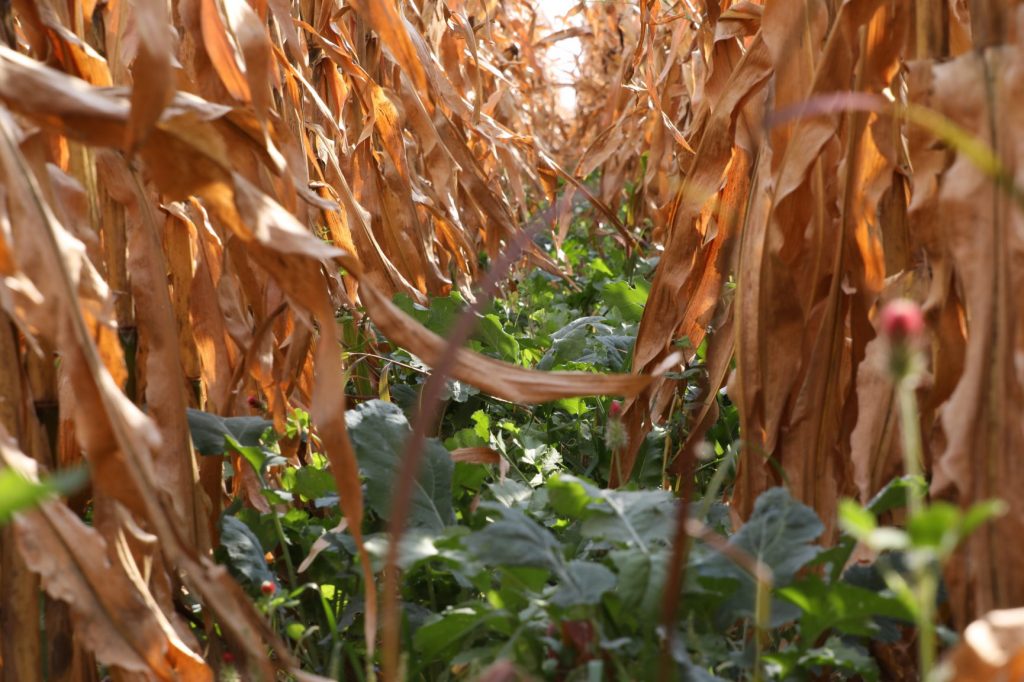
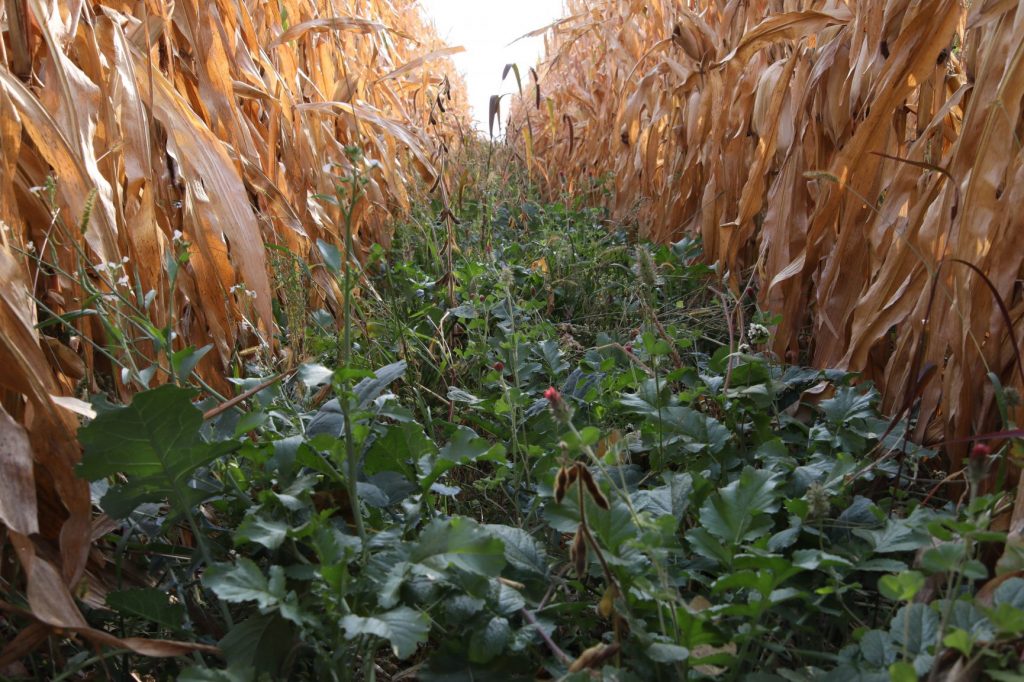
Bogenhagen’s custom mix contains a variety of the following grasses, brassicas and legumes. He designed this mix to accomplish the goals he desired for his land and grazing cattle.
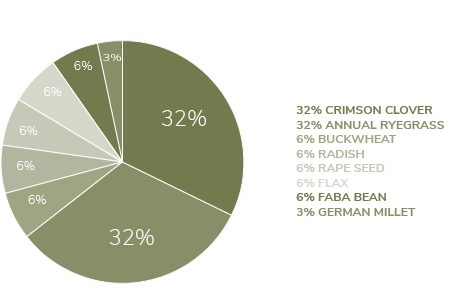
- Buckwheat: Quick establishing warm season broadleaf that builds phosphorus and attracts beneficial pollinators.
- Crimson Clover: Popular cool season legume that is low growing and fixes atmospheric nitrogen.
- Faba Bean: High yielding legume that fixates nitrogen.
- German Millet: Warm Season Grass that grew better in 60-inch corn rows. Provides more grazing in the fall.
- Rape Seed: Cool season brassica that is very palatable and shade tolerant. Insect pressure was a little heavy on this in season but did regrow after pressure was gone.
- Radish: Deep rooted brassica that breaks up compaction and brings nutrients from the subsoil and puts it back in the topsoil. Great grazing species and cows love it!
- Flax: Cool Season Broadleaf that can add diversity and build residue on top of the soil.
- Annual Ryegrass: Shade tolerant species that breaks up compaction from its fibrous roots and is great for grazing.
This year, Bogenhagen planted corn May 1st and wanted to plant covers in his corn around V4-V5 stage but due to the wet soil conditions, he couldn’t get into his field until his corn was knee high on June 25th. Bogenhagen says “It’s a learning process, the more you do it, the more you learn, the more you can hone into what you want to do.”
With the help of excess sunlight, the cover crops in the 60-inch row corn grew better, resulting in a higher biomass than that of the cover crops in the 30-inch row corn. But because of this, weed suppression was better in the 30-inch rows even though the 30 and 60-inch rows grew the same mix.
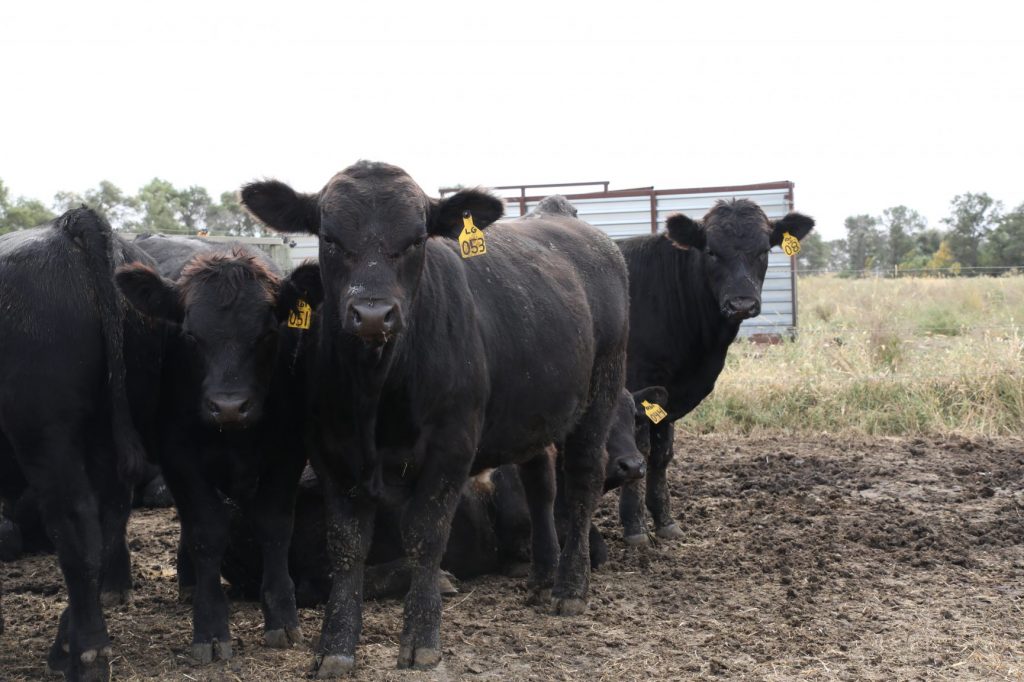
Start on something, try it once. Something that can grow in the fall, get some grazing out of it, and help out your soil.
Cover crops are not the only new ideas Bogenhagen has adopted. He started to focus on net profit per acre rather than yield per acre. By grazing on that land after corn harvest, he can give his cattle at least a month or two of extra grazing days. Along with added nutritional benefits from grazing on more than just corn stalks, Bogenhagen is saving money on feed costs for those grazing cattle.
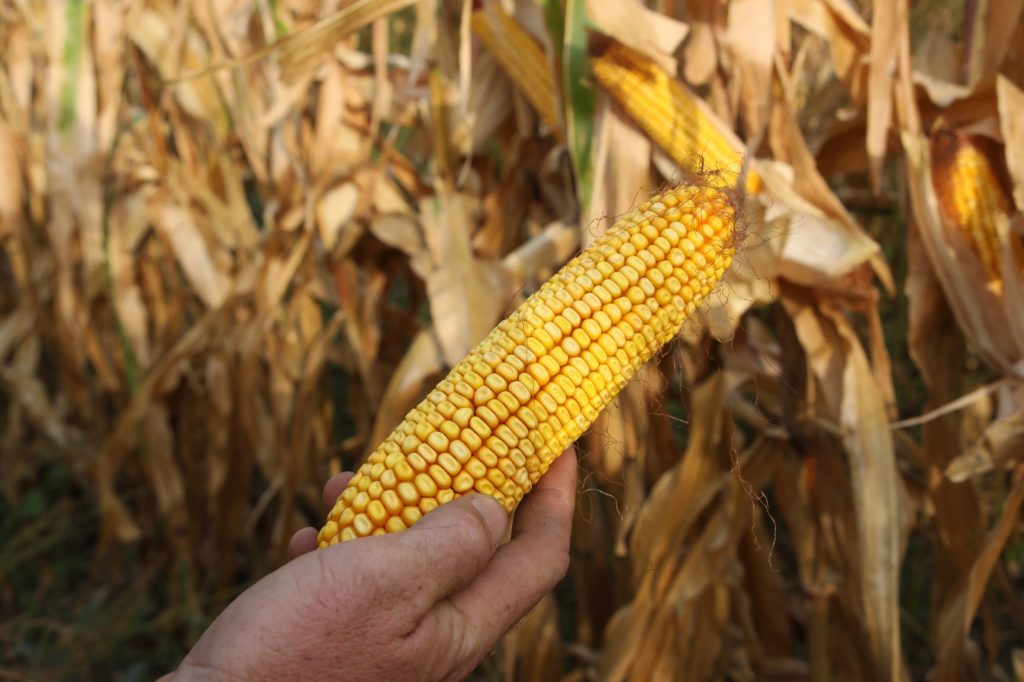
The phrase “if it’s not broken, why fix it?” comes to mind when the transition to cover crops and no–till are discussed. Producers like Bogenhagen are challenging conventional practices and incorporating no–till, cover crops, and advocating for soil health. He says that many farmers in his area are always interested in what he and neighbor are up to with their land. Bogenhagen says “guys talk about it being a weed out there. Well, it’s a weed with a purpose.” The use of cover crops with more emphasis on soil health, is changing the processes that have been around for centuries.
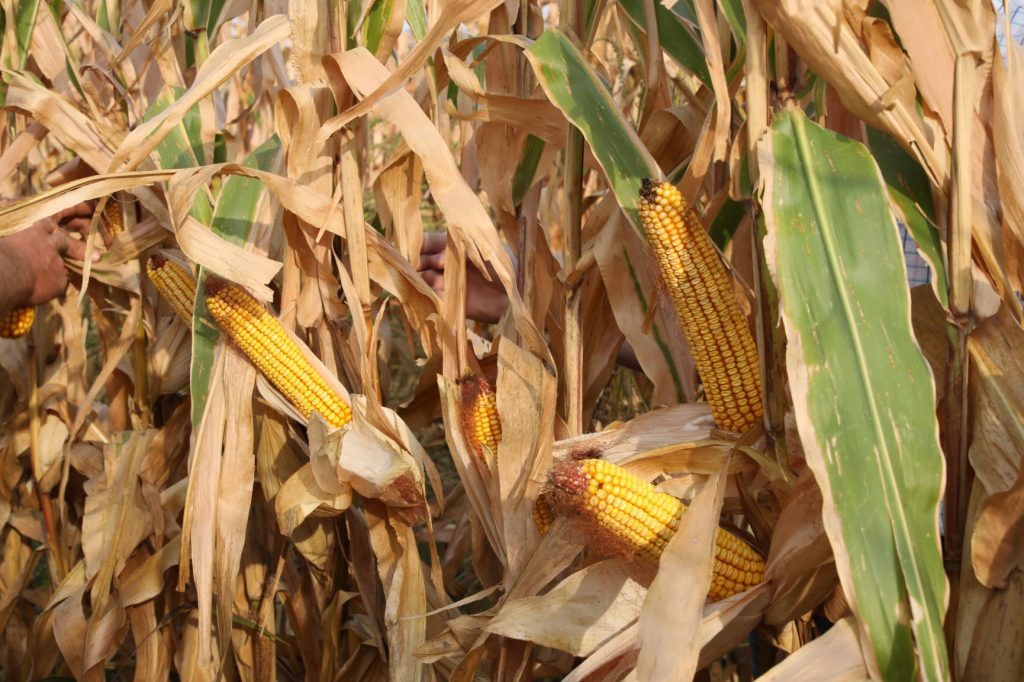
Bogenhagen is already thinking of different ways to incorporate cover crops into his operation and researching what type of species he will put in his mix for next year. This is an ever-evolving experience where you never stop learning. Growing up he helped his dad out on the farm, but it wasn’t until going to college that Bogenhagen started to learn more about animal handling and management and discover new ways to manage his operation. Before his inclusion of cover crops, he was more excited about cattle. Now he compares finding the right cover crop hybrids out there to a new upcoming sire in the Simmental breed. Bogenhagen admires this process for the continual learning and exciting experiences that cover crops bring.
If you are interested in including cover crops into your rotation, Bogenhagen said, “even if you do fail, you learn from it. If your cover crops do not succeed the first year, try something new the next year.”
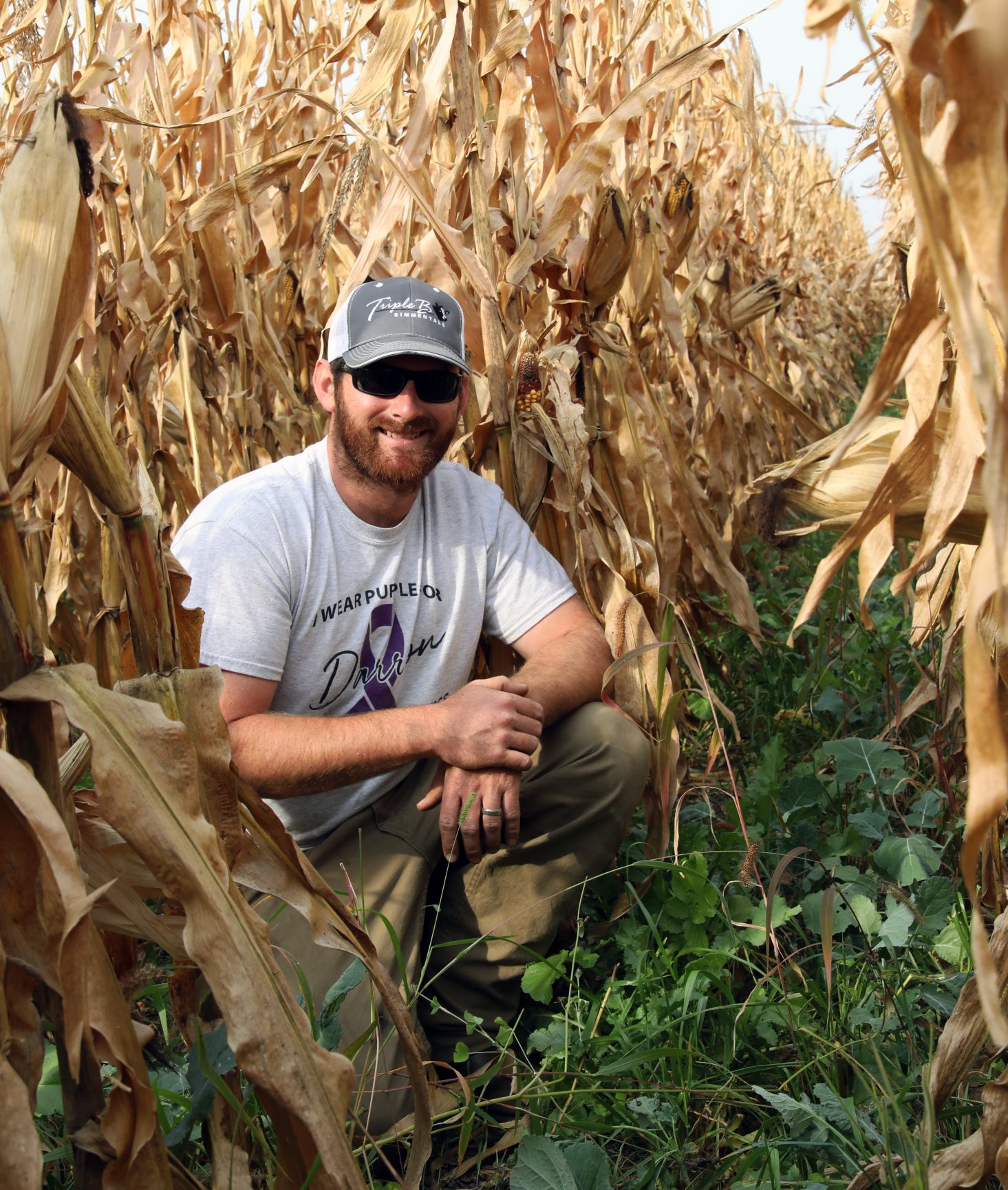

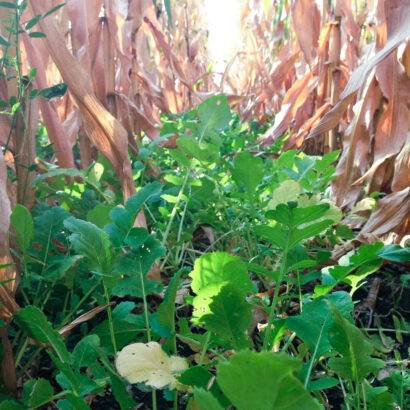
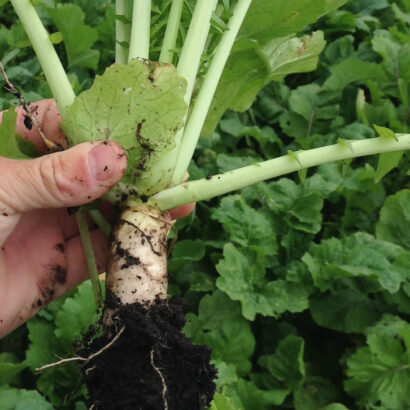
Discussion
0 Comments